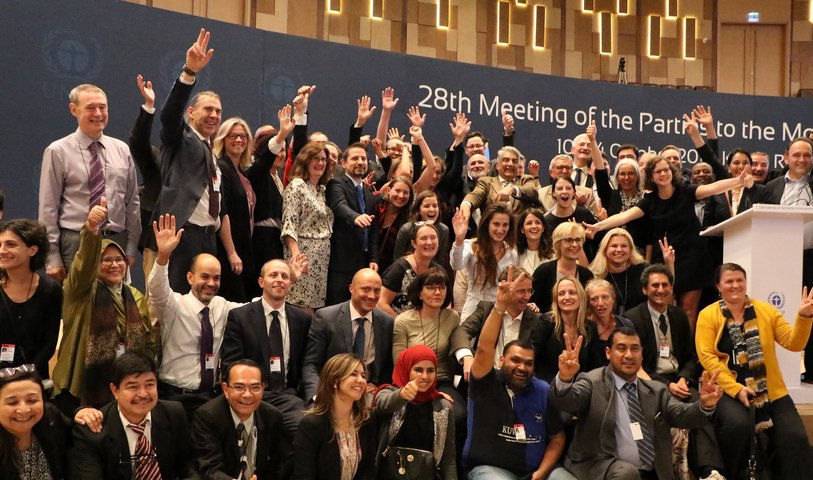Green Cooling Initiative
Green Cooling for a better future
Cooling is an essential part of everyday life – from cold chains for fresh food and the safe storage of vaccines and medicines, to air-conditioned workplaces and schools where it can elevate productivity. Cooling is a basic need for everyone.
The positive effects of cooling, however, come with a downside. The RAC sector is a massive GHG emitter. This is due to appliances that are not energy-efficient and the high global warming potential of commonly used refrigerants. Many air conditioners and refrigerators contain substances which are up to 15,000 times more harmful to the climate than CO2. On a global scale, the RAC-sector is four times more damaging to the climate than air traffic.
Providing climate-friendly and energy-efficient cooling solutions is a key to protecting the climate and catering to people’s vital needs around the world. It’s what makes Green Cooling so important.
Cooling is an essential part of everyday life - it is a basic need for everyone.



 Image: REMA (CC BY-ND 2.0)
Image: REMA (CC BY-ND 2.0)